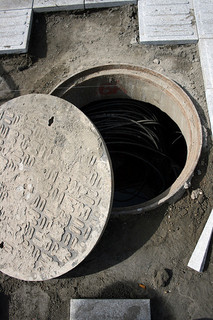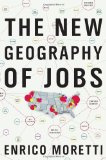
Writing in Standard Digital, Charles Kanjama proposes that “If government was clever, it would include a value-capture approach in project financing.” He’s writing about big infrastructure projects, which in his time (2014) and place (Kenya) include railway and port improvements. He suggests that perhaps half the cost should come from land value tax, without explaining why it would be appropriate for landowners to receive half the benefit of improvements paid for by the general community. (Kanjama is an attorney and accountant who was rated among the top 100 legal minds in Kenya as well as one of the 100 most influential people in that country.)
The same edition (January 4 2014) carries another article showing a problem resulting from failure of the community to collect all the rent. It seems that the government wanted to remove a large number of squatters who had settled in a protected forest. Ordered to vacate, they each received 400,000 shillings ($4604.67 US, according to Wolfram Alpha) to purchase land elsewhere. Now the time for relocation has expired, and many spent the money on things other than land. Of course I don’t know these people, don’t know what land was available, don’t know their needs, but very clearly if land were nearly free (as results from a high land value tax) they would almost certainly be better off.








